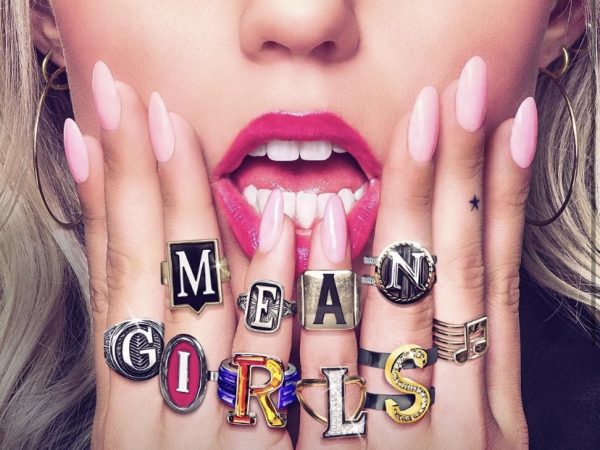Why You Like Sad Music
Music is, in and of itself, abstract art. Despite being nothing but sound, music manages to invoke so many emotions from across the spectrum. It invites us to other worlds, tempts us with visions of realities different to ours, so similar but so fantastical, through nothing but a creative assembly of sounds. Though from the furious peaks of metal to the cold, amorphous glow of ambient music, one type of music has seemed to appeal to the youth of today more than any other: the sounds of sorrow.
To understand exactly what “sad music” is, one simply has to look to a name that I’m sure many are familiar with. Frank Ocean is an R&B singer-songwriter who, despite only releasing two full-length albums, has gained legend status over the past decade due to his ability to write music that sounds like nothing else while still staying familiar to what listeners know. His first project, 2012’s Channel Orange, was a critically acclaimed R&B game-changer that left listeners hungry for more. But Channel isn’t why Frank Ocean is known as the face of sad music. It would be his next release four years later, Blond, that cemented Frank Ocean as a master of despair.
The album is spacey and minimalistic, with cryptic, haunting lyrics that echo memories of past relationships. Said relationships are not presented as passionate affairs that go out in an instant, but rather interrelations between two people marked by moments of love that cause them to crumble slowly and painfully into nothing more than mutual acquaintances. From the heartbreaking “White Ferrari,” to the sparse but powerful “Self Control,” to the bubblegum pop of “Nights,” whose lyrics conceal a much darker reality, the album projects feelings of struggle and heartbreak that many found both tear-jerking and incredibly relatable. The whole album, much like the cover, is the musical equivalent of having a good cry in the shower, and that sound worked for many. The album sold 275,000 units in its first week and would later be certified platinum by the RIAA, while critics from Pitchfork and Rolling Stone praised it as one of the best releases of the year, and later the decade. But the album seemed to have more of an effect on teenage and young adult listeners more than anyone.
After the songs off of Blond were officially posted on YouTube, they quickly attracted millions of views, and were flooded by thousands of comments from pained listeners sharing emotions of heartbreak and depression, stories of late friends and family, and fear for an unknown future. The sheer sorrow on Blond spoke directly to a generation of struggling teens trying to figure everything out in a period of extreme turbulence. That may be exactly why the melancholic music of artists like Frank Ocean is so attractive to modern-day teens, especially recently: it’s relatable. A generation of young people dealing with lockdown and the threat of impending doom is bound to be riddled with anxiety and negative emotion, all while having to go through the monotonous routine of school and work and potentially dealing with heartbreak or loss.
The popularity of sad music is an important reminder of the sheer power of music and art in general. Art still holds immense power, no matter how abstract it might be. The songs of Frank Ocean or Radiohead or Phoebe Bridgers or Earl Sweatshirt or any other artist that specializes in projecting their darkest thoughts and feelings into music acts almost as a shoulder to cry on, a good reminder that you’re not alone in the world. Despite how impossible it may seem, no one is alone in their struggles.

Lucca Swain is a senior writer for The Owl and is currently in his third year of working for the publication. Lucca joined The Owl because he loves writing about and exposing readers to the topics and ideas that fascinate him, and this year he is extra committed to furthering that goal, despite how challenging it can be. In his free time, Lucca enjoys reading, listening to music, and exercising. Lucca also is also a firm believer that green grapes are superior to their purple brethren in every way, especially in flavor and texture.





